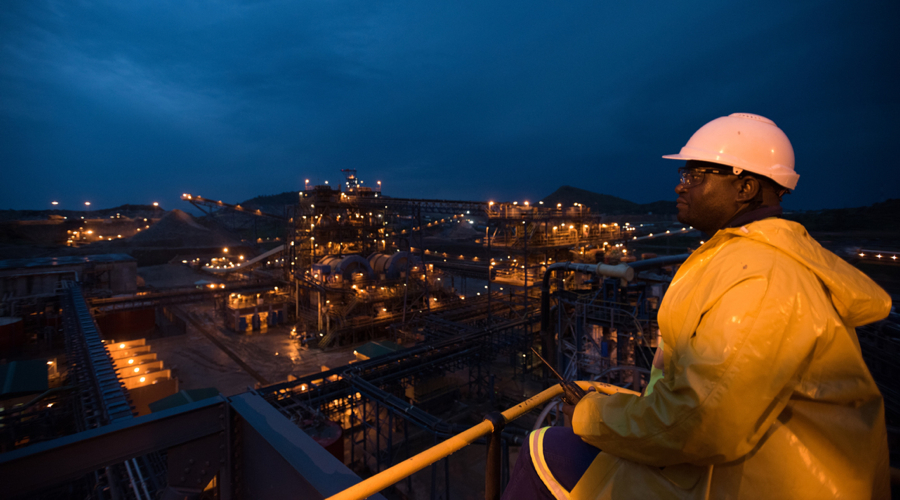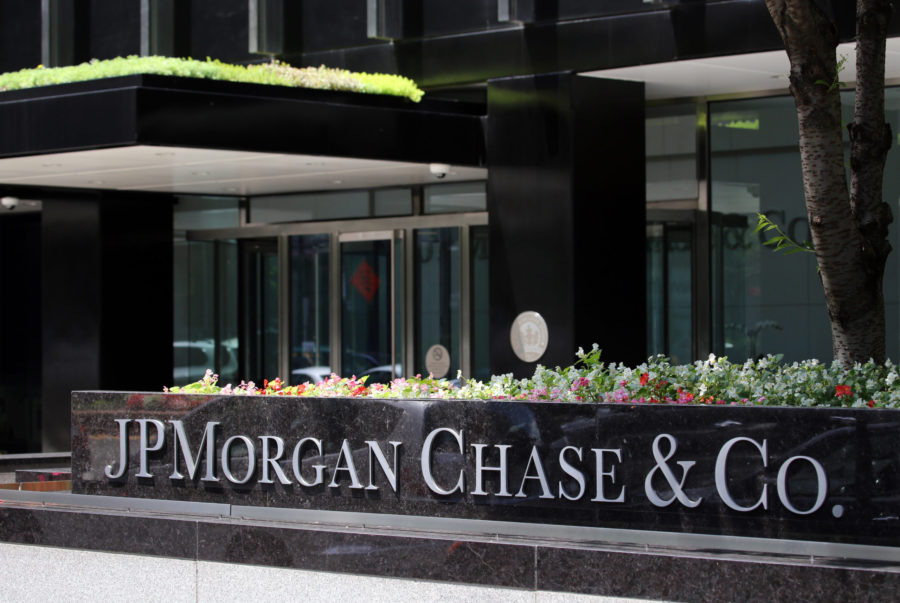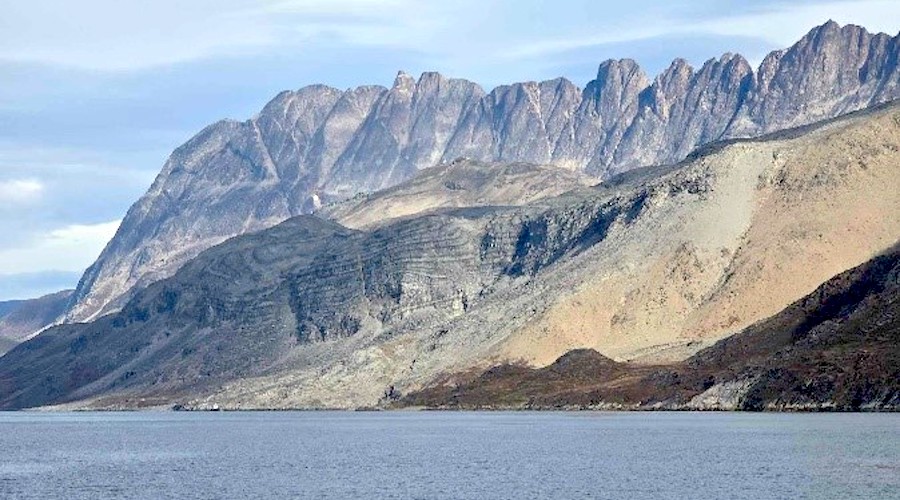Randgold’s Kibali mine heads for full production

Kinshasa, DRC, 18 April 2017 – The Kibali gold mine’s underground operation, which will significantly increase production, is on track to start commissioning in the third quarter of this year, Randgold Resources chief executive Mark Bristow said at a media briefing here today.
The mine is forecast to deliver approximately 610 000 ounces of gold this year, up from 585 000 ounces in 2016, but annual production is scheduled to rise to around 750 000 ounces from 2018, when the underground operation will make it fully functional.
Bristow noted that Kibali ended 2016 with a creditable performance after having to contend with a range of operational challenges as well as the constraints imposed by limited open pit mining flexibility. In addition to dealing with these issues, the Kibali team succeeded in keeping the underground development on track, successfully constructing and commissioning four ultrafine grind mills in the metallurgy circuit, as well as progressing work on the mine’s second new hydropower station which was commissioned in February this year. The third and last of the new hydropower stations is currently being built by an all-Congolese contracting group.
“Kibali has stayed on course to become one of the world’s great gold mines despite the challenges of last year and the volatile political climate in the DRC at present,” he said.
“Randgold remains committed to the DRC and is confident that its government, politicians and civil society have the will as well as the capacity to work together to secure the country’s future. We therefore continue to invest in exploration here and to lead the way in developing the north eastern DRC as a major new gold mining region. Our engagement with the country and its people is also evident in our substantial investment in local economic development and community upliftment programmes. These include macro and micro agribusinesses designed not only to provide regional food security but to generate surplus produce for export.”
It was a source of concern, however, that the DRC government had once again signalled its intention of reviewing the country’s 2002 mining code with the clear intention of maximising state revenue, Bristow said. This could have a very negative impact not only on the mining industry but also on the economy.
“Now more than ever the DRC should be focused on retaining its existing investors and attracting new ones. It’s certainly not the time to harvest more from less for short term gain. It’s my sincere hope that this time round the government will engage the mining sector fully in the proposed review to achieve an outcome that will be in the best interests of the Congolese economy as well as the country’s mining sector,” he said.
“The existing code is in fact a good one but it is not always being applied effectively and there are still many mining operations that do not operate under the code. There are also a number of issues and challenges which mining companies are having to face which make operating in the DRC more challenging. In Kibali’s case, these issues include more than $200 million in unpaid TVA and duty refunds.”
| ENQUIRIES: | ||
| Mark Bristow Kibali chairman & Randgold CEO +44 788 071 1386 |
Willem Jacobs Randgold GM operations Central & East Africa +243 820 678 040 |
Kathy du Plessis Randgold investor & media relations +44 20 7557 7738 randgold@dpapr.com |
| Graham Shuttleworth Randgold financial director +44 779 771 1338 |
Cyrille Mutombo Randgold country manager DRC +243 990 104 774 +243 815 842 990 |
Website: www.randgoldresources.com |
ABOUT KIBALI:
The Kibali gold mine is located in the northeast of the Democratic Republic of Congo (DRC ), approximately 300 kilometres to the east of Isiro, the capital of the Haut-Uele Province, 150 kilometres west of the Ugandan border town of Arua and 1 800 kilometres from the Kenyan port of Mombasa. Kibali and its associated mining permits is owned by Kibali Goldmines SA (Kibali) which is a joint venture company between Randgold (45%), AngloGold Ashanti Limited (45%) and SOKIMO (10%). First gold was poured in the third quarter of 2013 from open pit operations and underground operations are expected to be fully commissioned in Q3 2017. The mine was developed and is operated by Randgold.
More News
JPMorgan holds 5% stake in Rio Tinto for clients
Rio on Wednesday said it will raise $9 billion in US investment-grade bonds.
March 12, 2025 | 03:58 pm
Drill more, mine more on public lands, US interior secretary urges
Interior Secretary Doug Burgum said he believes the Trump administration can unwind between 20% and 30% of the country's regulations.
March 12, 2025 | 02:23 pm
Critical Metals releases S-K 1300 report on Tanbreez rare earth project in Greenland
Tanbreez is one of the largest rare earth deposits in the world.
March 12, 2025 | 01:55 pm
{{ commodity.name }}
{{ post.title }}
{{ post.excerpt }}
{{ post.date }}




Comments